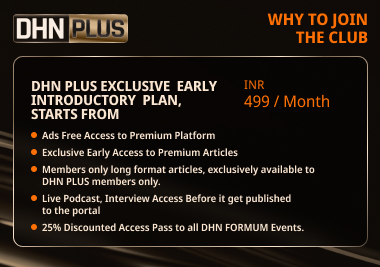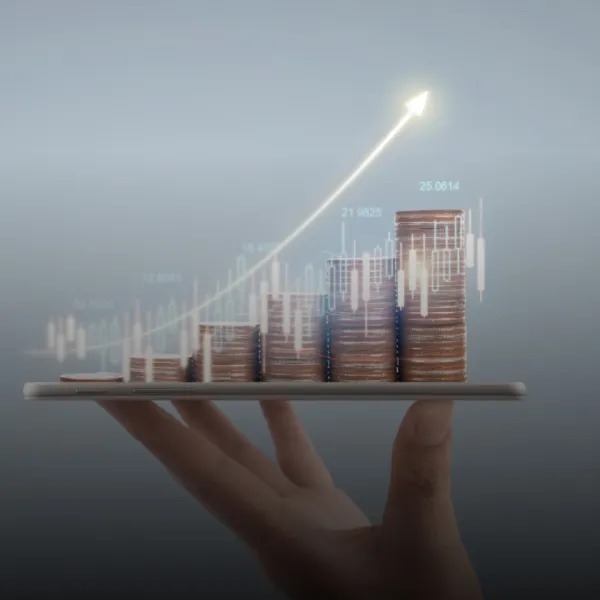From Excel Sheets to Dashboards: How Data Systems Are Being Streamlined at the PHC Level

by - Mr. Surjeet Thakur, Founder & CEO of TrioTree Technologies
The Indian digital health market generated a revenue of USD 14,330.2 million in 2024 and is expected to reach USD 52,395.5 million by 2030 with a CAGR of 24.4% from 2025 to 2030. Data is healthcare's lifeblood, and PHCs (Primary Health Centers) are harnessing it!
From cumbersome Excel sheets to intuitive dashboards is enabling better data collection, analysis, and utilization at the grassroots level, which in turn, enables better decision making, provides optimal care for patients, and allocates resources more effectively!
Challenges of traditional Data management
Frontline health workers in the PHCs had been holding data on Excel sheets or paper registers. Multiple files, human error, delayed updates, and paperwork, all in an attempt to follow just a few trends. It was sustainable, but as chronic patient loads and complex health information grew, evidence of a fatigued system showed. Here is the thing: when a health worker cannot assist people because paperwork consumes their time, this is not an effective system.
Now, everything from immunization records to stock levels of drugs can show up instantly in a digital dashboard. PHCs are moving to platforms that let health staff update information in real time and allow administrators to see what is happening across facilities, removing the delays in getting monthly reports. Dashboards are not just simply better looking; they deliver the possibility of catching trends early. Whether it is a spike in fever cases in one village or decreased stock levels of essential medicines in another, decisions can be made more quickly and accurately.
Benefits
1. Less Time on Paperwork, More Time with Patients Health workers are no longer living in files. With their digital entry streamlined, they can now put their energies into doing what matters, providing care.
2. Accurate and up-to-date information No more searching spreadsheets for last month's information. Dashboards allow you to maintain current and integrated information.
3. Better Planning and Management of stock Supplies can be tracked more easily in the system. If a PHC is running low on vaccines, the right people can be told in a appropriate time to act.
It's Not Just about Technology - It's About People
Going digital isn't simply a matter of adding new software to your systems. It's about ensuring that each of the healthcare workers using it feels confident in using it. That means training, support, and building the systems to be designed for the issues on the ground. It's also about trust. The community needs to trust that their information is handled properly. That's why these systems are built from the start with secure access, privacy protections, and a commitment to ethical data use.
Stronger Health System
This transition from working in Excel to dashboards may seem trivial—or boring—on the surface. This transition, however, is transformational. It's allowing PHCs to transform into data-capture centres that can inform better health care, improved responses, improved community health, and local medical practices. India is one of the largest public health systems globally.
Making it more efficient at the bottom level is not nice to have - it's essential. With new digital elements combining basic health information with advancements in digital processes, PHCs are not just catching up in terms of health innovations; they are leading the world regarding effective and human-centred healthcare delivery.
Road To Smarter Health Systems
The transition from Excel sheets to smart dashboards is not only about technology adoption; it is about transforming primary healthcare from the ground up. PHCs can operate more responsively and efficiently with real-time data, more dynamic decision-making, and higher levels of accuracy. It means less lag time, better planning of resources, and ultimately a healthier community. With further development and improvements to these systems, the groundwork has been laid for a more robust connected healthcare system for the future, for everyone, everywhere.
Stay tuned for more such updates on Digital Health News.
Stay tuned for more such updates on Digital Health News





























